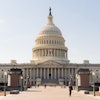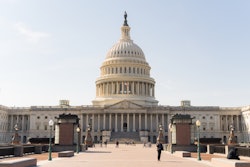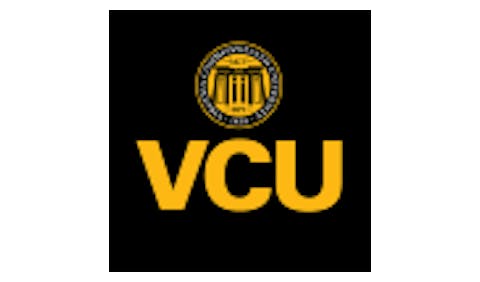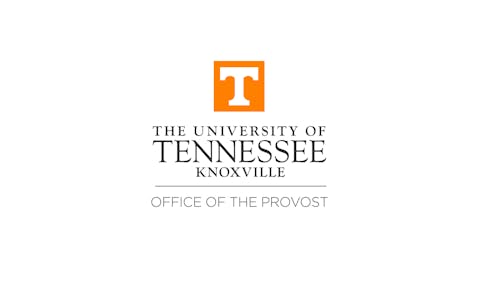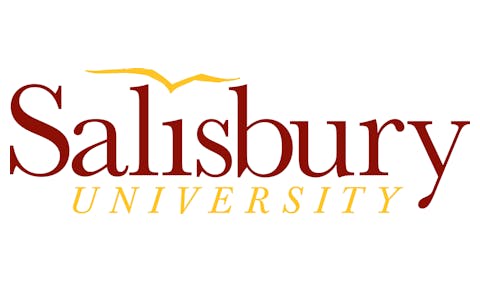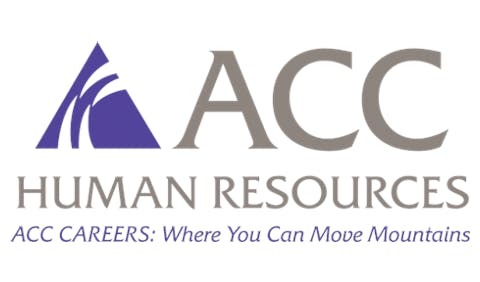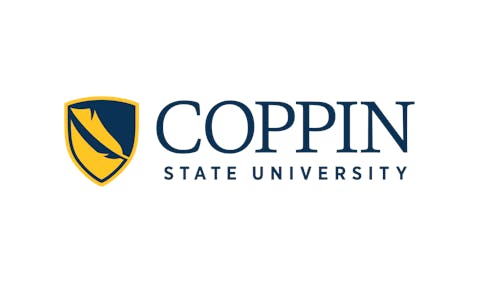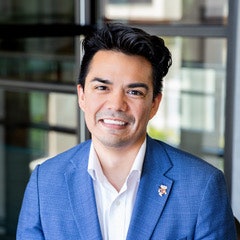 Dr. Frank Fernandez
Dr. Frank Fernandez
Starting July 1, 2026, graduate students will face unprecedented borrowing restrictions under President Donald J. Trump’s “One Big Beautiful Bill.” The legislation caps annual federal loan borrowing for graduate students at $20,500, with a lifetime limit of $100,000 — a dramatic reduction from current policies that allowed students to borrow up to their full cost of attendance.
The law eliminates Grad PLUS loans entirely, which previously allowed students to borrow up to the total cost of their education, minus any federal aid. For professional programs like medical and law school, students can borrow up to $50,000 per year with a lifetime cap of $200,000.
“I worry that we could look back on last year and this year and see it as the beginning of the end, or at least curbing back, of the era of mass graduate education,” says Dr. Frank Fernandez, a professor at the University of Wisconsin-Madison who studies higher education policy.
The timing is particularly concerning for Fernandez, who notes that recruitment, admissions, and funding decisions for the 2025-26 academic year are being made now, even though the loan changes don’t take effect until next summer.
“One thing I would want to look out for this year is what is going on with graduate admissions, which could vary across graduate and professional programs,” he adds.
Medical Schools Feel the Squeeze 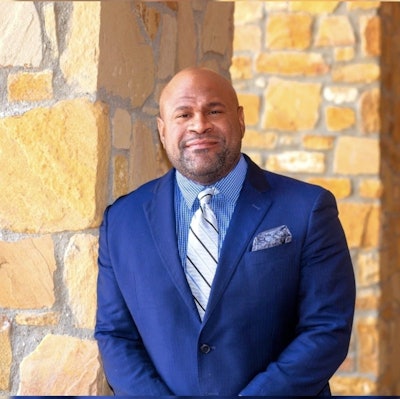 Dr. Lawrence Scott
Dr. Lawrence Scott
Professional programs are already feeling the pressure. About 27.5% of medical school students and 60% of those in dentistry programs graduated with more debt in 2020 than is allowed under the new loan limits, according to higher education expert calculations.
“The new annual and aggregate loan limits could create challenges for some medical students to fi nance their education, resulting in an additional financial barrier to attending medical school and ultimately worsening the current and projected physician shortage,” says Kristen Earle, program leader for student financial aid services at the Association of American Medical Colleges.
Beyond loan limits, universities are navigating unprecedented uncertainty around federal research funding.
The Trump administration introduced several orders aimed at dismantling federal funding, including a freeze on federal grant reviews and a proposed 15 percent cap on National Institutes of Health (NIH) indirect funding.
Fernandez notes that “last year was already tough on PhD admissions because universities, departments, and faculty were trying not to overcommit to how many students they could admit and fund with a lot of uncertainty around federal research grants.”
The impact, he notes, has been immediate and dramatic. Multiple schools, including the University of Pennsylvania, West Virginia University, and University of California at San Diego, have cut back or rescinded graduate admissions offers. At Penn, one graduate program will be forced to rescind the acceptances of around 60% of its students.
The University of Pittsburgh has “temporarily paused additional Ph.D. offers of admission” while working to understand how proposed federal funding cuts could play out. A WESA analysis found that if NIH indirect cost cuts were implemented, the University of Pittsburgh would see a $115 million drop in indirect funds.
A Systemic Shift
The confluence of these changes represents more than budgetary adjustments — it signals a fundamental shift in how graduate education is fi nanced and who can access it.
“Very capable students who come from more modest backgrounds may be unwilling to pursue graduate or professional education,” says Melanie Storey, president and CEO of the National Association of Student Financial Aid Administrators.
The push toward private lending particularly concerns advocates, as private loans can come with fewer safety nets and less flexible repayment options compared with federal loans.
As the academic year gets under way, universities are also making difficult calculations about their future. Some institutions are dipping into their endowments to fund education and training programs, while others are implementing hiring freezes and scaling back admissions.
The timing coincides with what experts describe as a critical juncture for American research competitiveness.
“University research and scholarship operate on a time scale of years and decades,” wrote the Rutgers AAUP-AFT chapter in a letter to New Jersey senators. “Higher education would become impossible in the face of capricious and arbitrary withholding of funding, elimination of entire areas of grant support for critical scientific research, and cancellation of long-held contracts.”
Broader Challenges for Campus Leadership
Beyond funding uncertainties, campus leaders are navigating additional challenges that affect the academic environment. Dr. Lawrence Scott, an associate professor at Texas A&M University-San Antonio’s College of Education and Human Development, highlights the broader funding pressures institutions face.
“There have been significant budget cuts in higher education, forcing campuses to scramble to find new funding streams, and to reprioritize the allocation of resources for research, faculty lines, and campus initiatives such as recruitment and retention efforts,” says Scott. “This can be due to new federal mandates and guidelines or even enrollment challenges. This can affect what faculty and students decide to research and how they will be able to navigate throughout the research process.”
Scott emphasizes the need for collaborative approaches to address these challenges.
“It is crucial that faculty continue to work collaboratively with their campus leadership and community stakeholders to find the viable and varied methods of funding to mitigate any disruptions in student learning,” he says.
Another significant challenge for higher education leaders is adapting to technological changes, particularly the integration of artificial intelligence in academic settings.
“It is critical that we prepare our students to become leaders in their respective communities and be able to create viable solutions for challenges that are on the horizon,” says Scott. “Even though the use of Generative AI has created some challenges related to academic dishonesty, it is the mode of interaction and problem-solving not for the future, but today.”
He advocates for thoughtful integration rather than avoidance. “If we want our students to be able to compete in a global economy and become purveyors of solution-building, it is incumbent on us to encourage the ethical and responsible integration of AI in our classes, while pressing on students to continue to give proper attribution where needed and adhere to the standards of academic integrity.”
Adding to the complexity of institutional challenges, universities are also navigating a wave of anti-diversity, equity, and inclusion (DEI) policies at both state and federal levels. Multiple states have enacted legislation restricting or eliminating DEI programs, offices, and initiatives on public university campuses, forcing institutions to restructure support services for underrepresented students. These policy changes extend beyond administrative reorganization, affecting everything from faculty hiring practices to student support programs that have historically helped increase access and retention for students from marginalized communities. The dismantling of DEI infrastructure comes at a particularly challenging time, as universities simultaneously face reduced federal funding and increased borrowing restrictions that disproportionately impact low-income students and students of color.
Dr. Erik Hines, a professor of counseling at George Mason University, points to multiple stressors that students will bring to campus this fall.
“Students coming back to school worried about their families given the recent state of affairs with individuals losing jobs or getting laid off, particularly with some members, specifically parents or care givers,” says Hines. “Students will be concerned about the financial health of their family, especially if affordability of resources [food, transportation, etc.] and housing are in jeopardy. It is hard to focus on coursework if your family is struggling to make ends meet.”
These economic pressures may force students to attend college part-time or stop out entirely to support their families. Hines also highlights the mental health implications of current policy changes, noting that some students, particularly Black and Hispanic students, “may have concerns about the cultural experiences they will receive on campus given the anti-DEI era and the policies, whether at the federal or state level or both, are implemented or enforced to not recognize race or other affinity groups and their specific needs.”
Combined with anxieties about college affordability and whether financial aid will cover tuition and board, these factors create a complex web of stressors that institutions must address.
“Colleges and universities need to be cognizant of the student issues on their campus and provide adequate support,” says Hines.
For Fernandez, the current moment represents a convergence of policy decisions that could have lasting implications. The combination of loan restrictions and funding uncertainty is creating an environment where universities must balance their commitment to training the next generation of scholars and professionals against fiscal realities that may fundamentally limit who can access advanced education.
While the full scope of these changes has yet to emerge, what remains clear is that the landscape of education is shifting in ways that may reshape American higher education for years to come.


